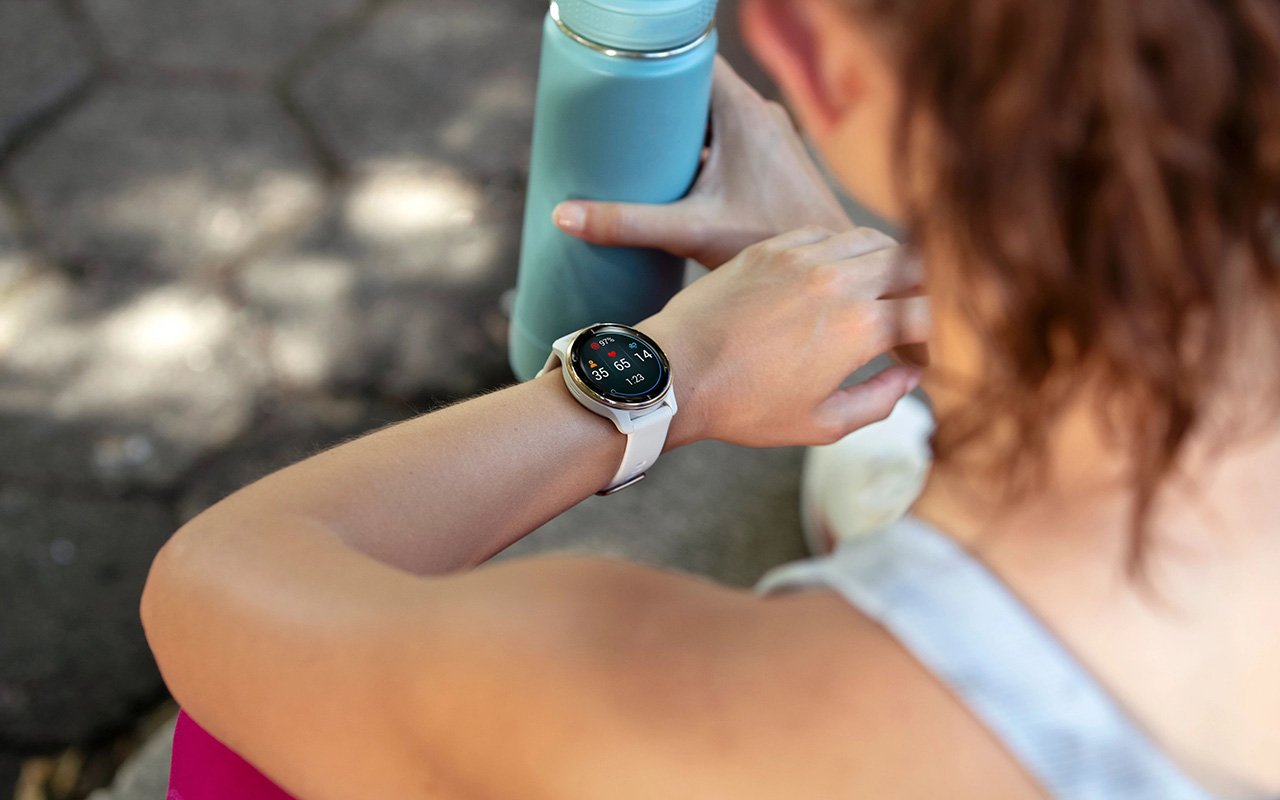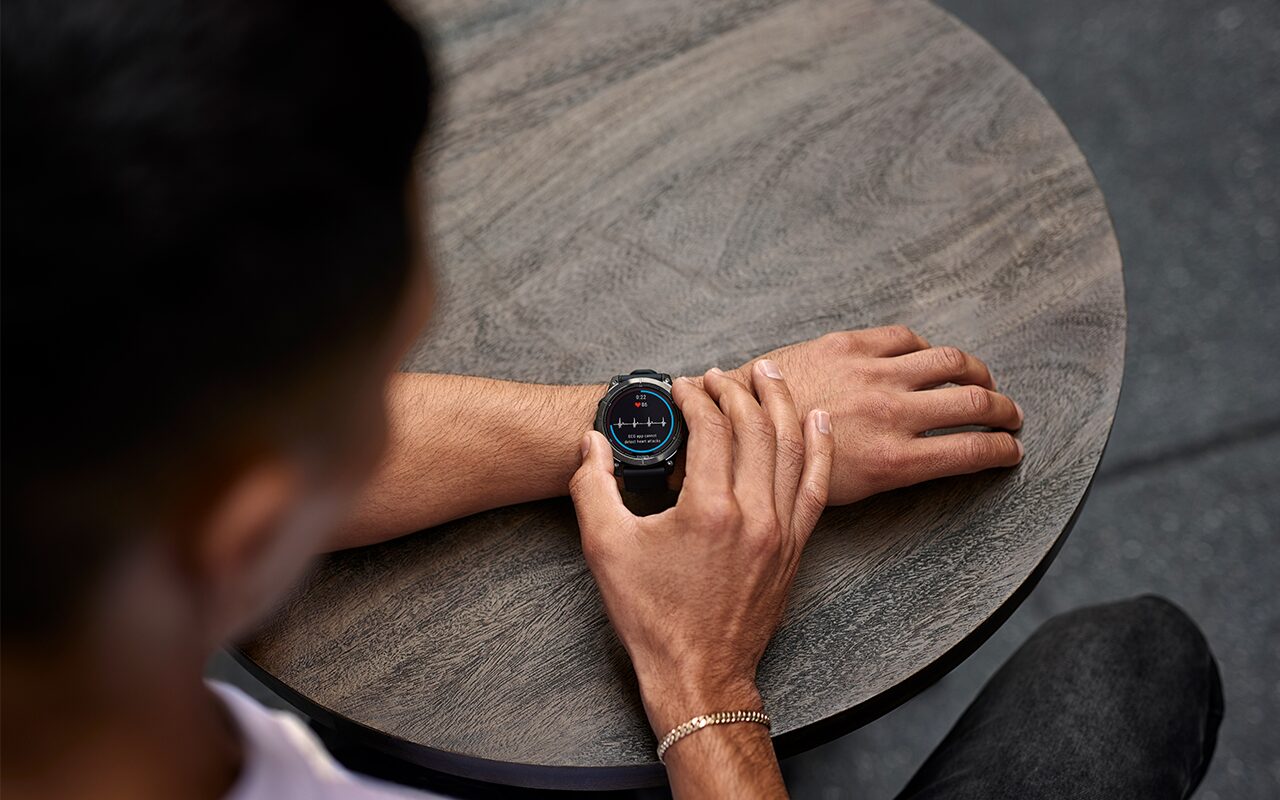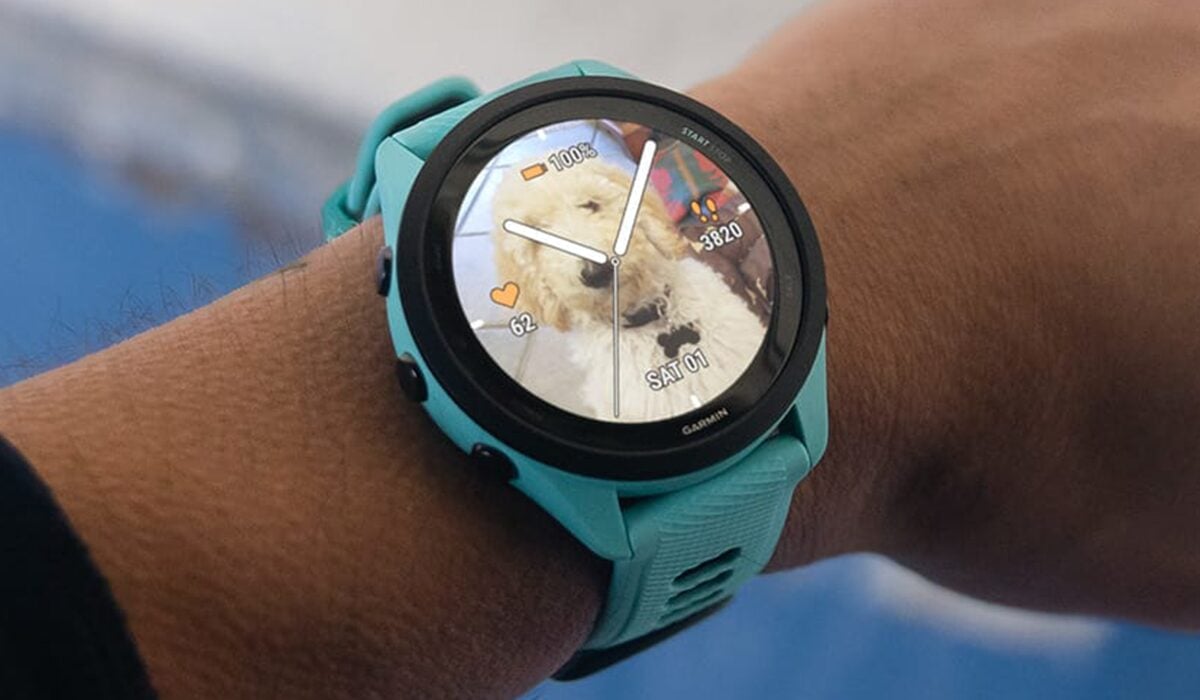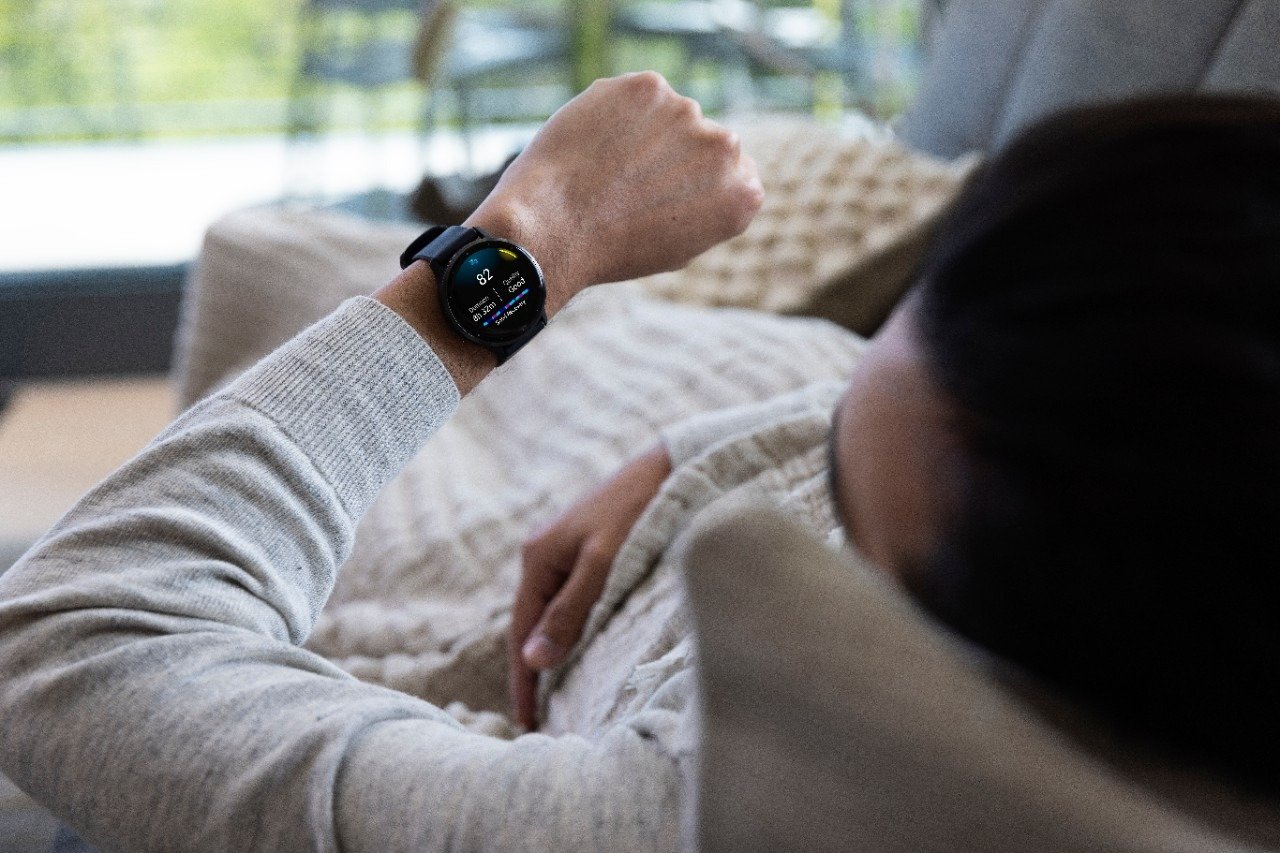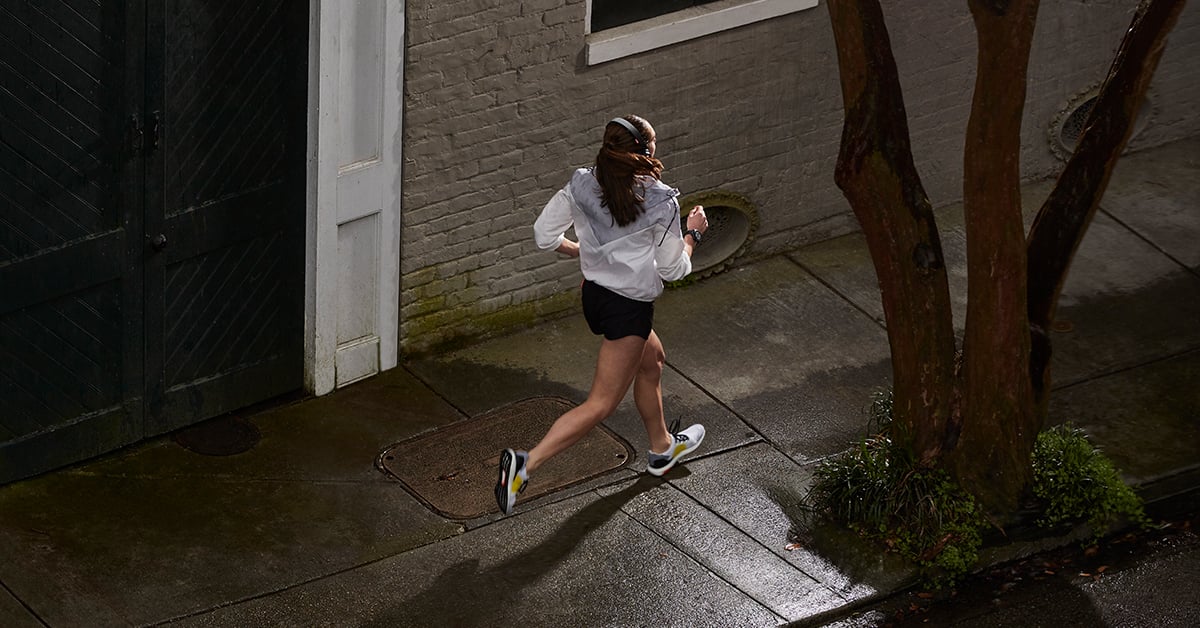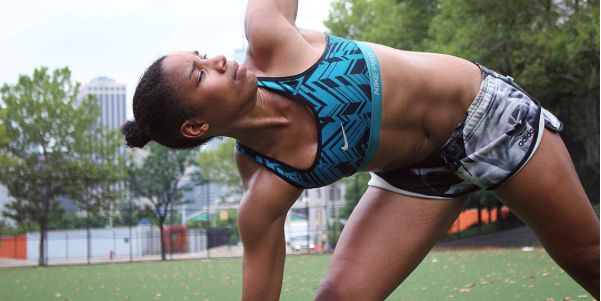
Functional Exercises Every Athlete Should Master
Please enjoy the guest piece from our ambassador Luisa Howell (@noelleh33). Check out more on her blog site www.newyorknewyou.com!
In essence, all athletes are runners at heart. Running is such a primitive movement that we can easily take for granted and be under the impression that we will naturally move healthily through the ranges of motion. Unfortunately, for many reasons, this tends not to be the case. Some of us may have been specialized in sports at a young age which modified our movement patterns, while others may have suffered injuries that have altered healthy movement patterns. Some even spend our 9-5 sitting. Even something as simple as overtraining and not building a proper recovery program into your training program can steer our body mechanics away from healthy running patterns.
Plank: It’s always been a cliché in fitness that your core(ab) muscles are your most important. But why? The easiest answer is that your central nervous system (wires of communication to the rest of your body) are headquartered here. A healthy, strong central nervous system connection = strong and functionally sound movements. Strong and functionally sound movements = better athletic performance and staying injury free.
Click here to learn more about how to do plank exercise
Lateral Strides: Our bodies are built to move within 3 planes of motion. We are designed to move forward and backwards, side-to-side, and transversely (or horizontally across your body). Most athletes, whether we are runners or boxers, end up specializing in certain planes of motion over others. What this does is create an imbalance in your nervous system’s functionality. An imbalance is a good way to set yourself up for an injury that could have easily been prevented. Essentially, it is an inefficiency that will get in the way of you becoming an optimal athlete. And we don’t want that do we ;). Banded lateral strides are a great exercise to add to your routine in order to work on strengthening your ability for your hips to function in a plane of motion we don’t normally train but is needed.
Click here to learn more about how to do lateral strides
Single Leg Deadlifts: Much like the purpose of mastering and progressing single leg step ups, single leg deadlifts allow us to challenge and train our bodies to efficiently master our ability to stabilize our weight on one leg (as we do in running). It adds another dimension to stability that is crucial; being able to manage stability with a displaced center of gravity as we do in so many forms of athletics (such as team sports and cycling).
Click here to learn more about how to do single leg deadlifts
